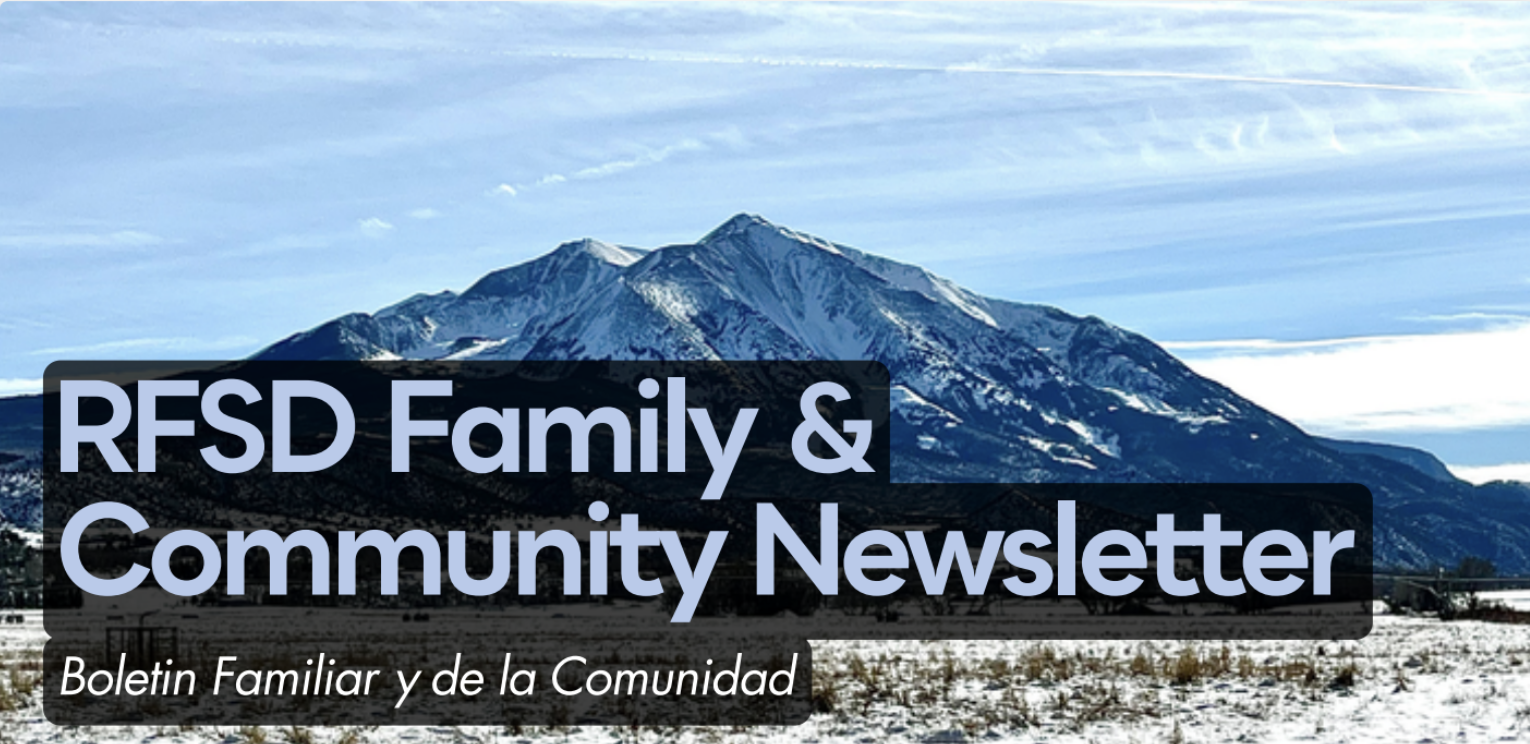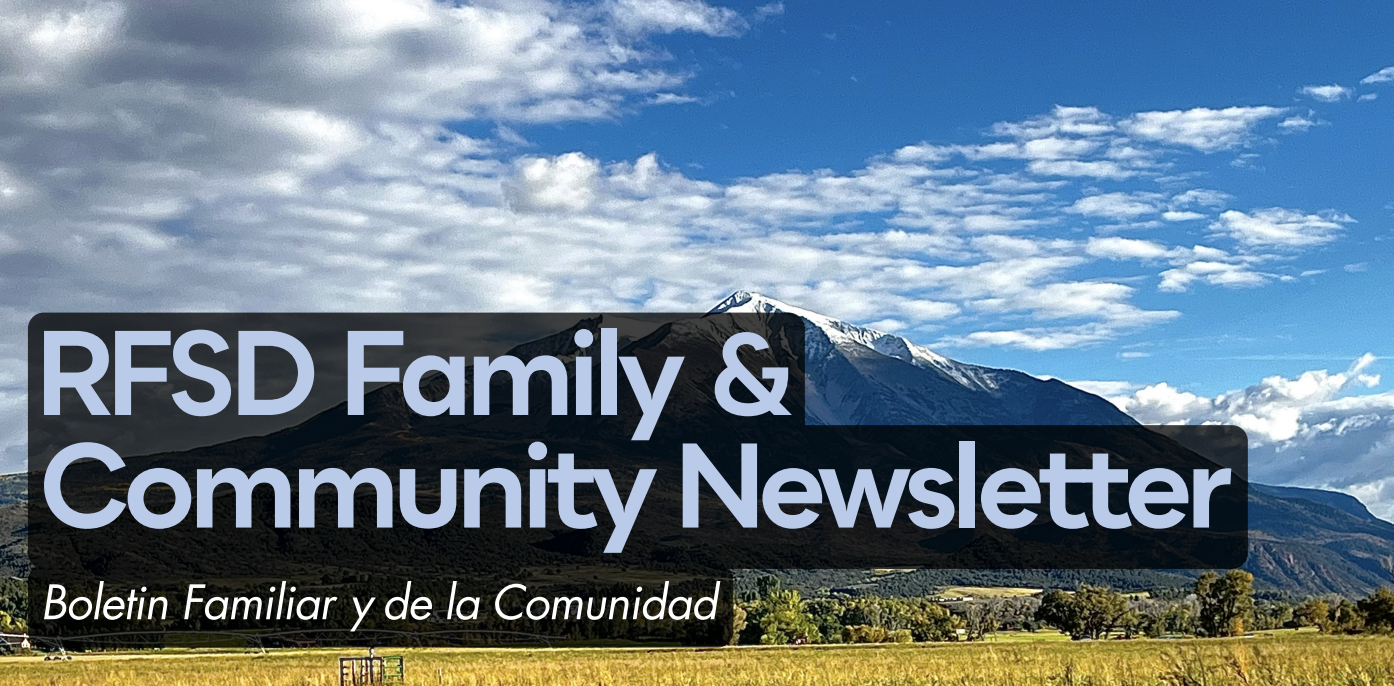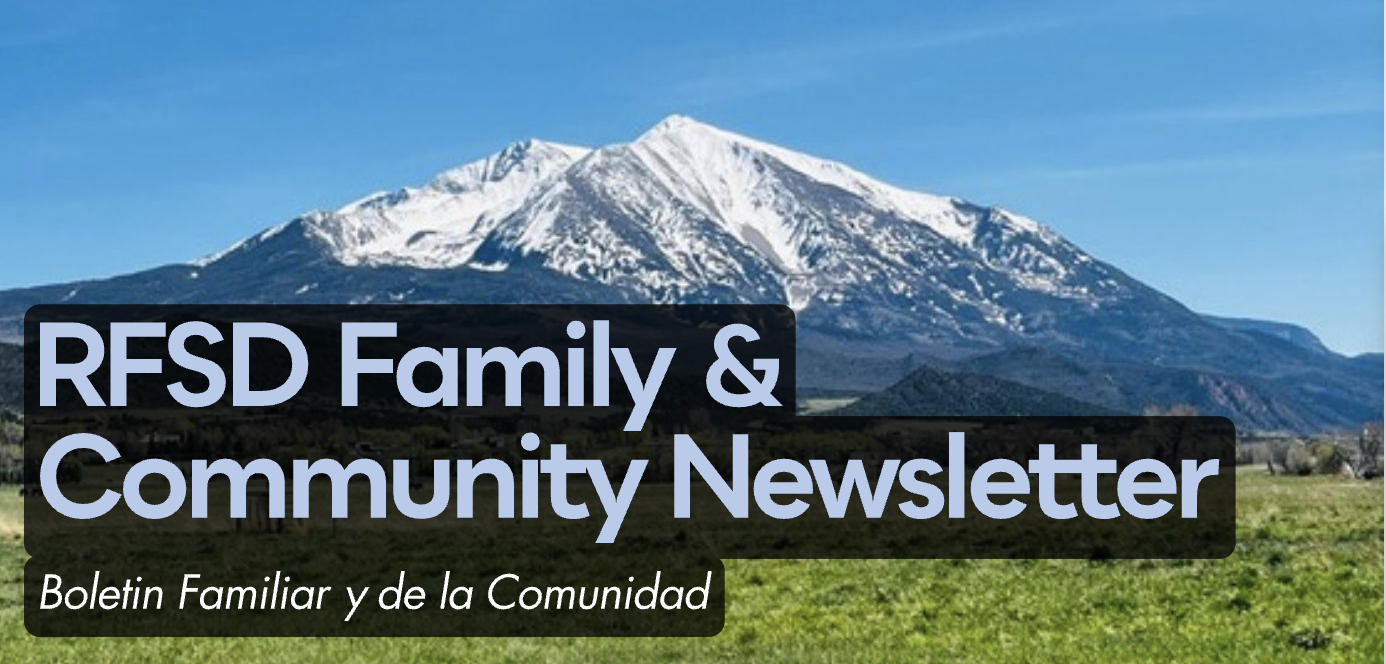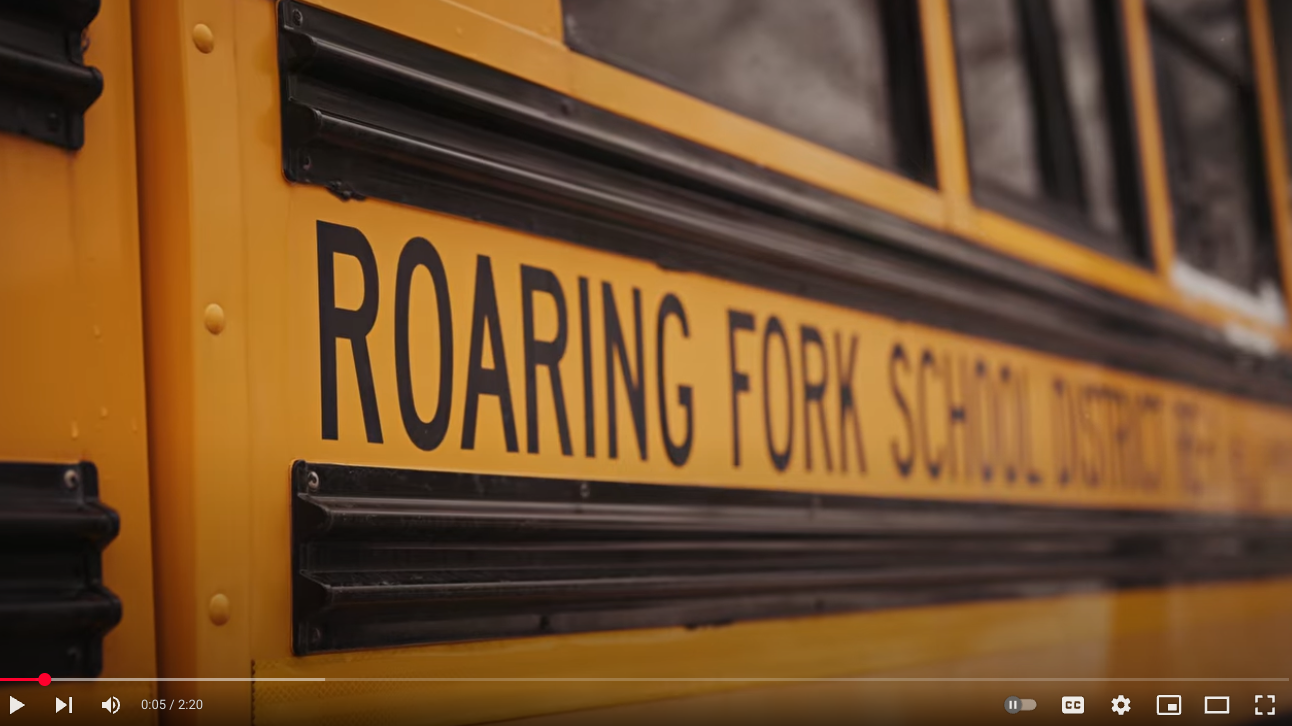Who We Are
Roaring Fork Schools serves over 5,600 students across 14 schools in the communities of Glenwood Springs, Carbondale, and Basalt. Each community offers a PreK-12 school continuum, ensuring consistency and fostering a robust school community. We also offer dual language and biliteracy options. The rich diversity of our students' backgrounds enhances the educational and cultural experiences for everyone in the school community. Through our 2024-2029 Strategic Plan, we are focused on advancing our mission to ensure that every student develops the enduring knowledge, skills, and character to thrive in a changing world.
Las Escuelas de Roaring Fork atienden a más de 5.600 estudiantes en 14 escuelas de las comunidades de Glenwood Springs, Carbondale y Basalt. Cada comunidad ofrece un programa escolar continuo PreK-12, asegurando consistencia y fomentando una comunidad escolar robusta. También ofrecemos opciones de doble idioma y enseñanza bilingüe. La rica diversidad de nuestros alumnos mejora las experiencias educativas y culturales de todos los miembros de la comunidad escolar. A través de nuestro Plan Estratégico 2024-2029, estamos enfocados en avanzar en nuestra misión de asegurar que cada estudiante desarrolle el conocimiento duradero, las habilidades y el carácter para prosperar en un mundo cambiante.
District Calendar
Roaring Fork Schools News




Featured and Important
- Student Orientated
- Good to Know for Parents
- For the Community



.png)




